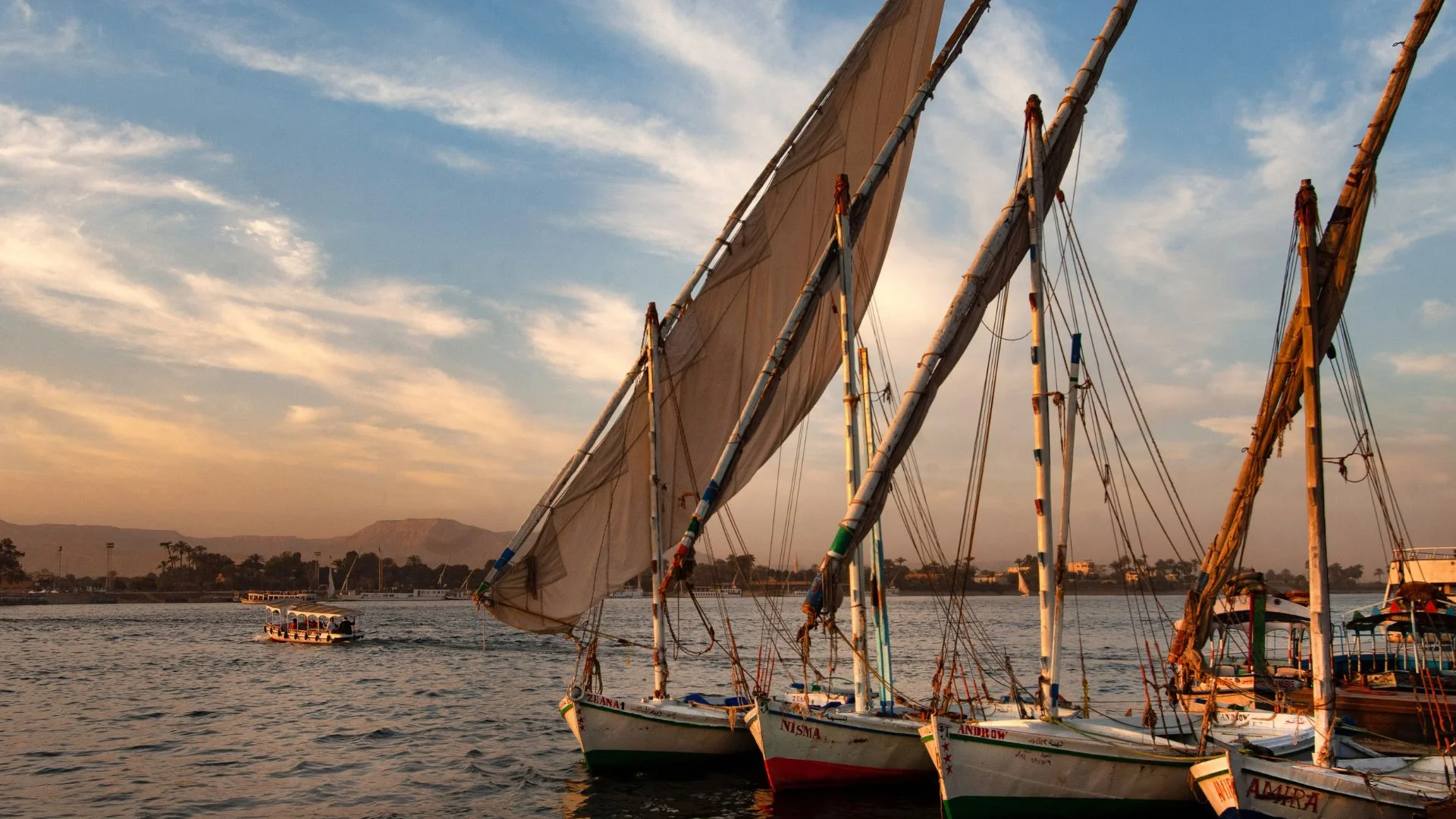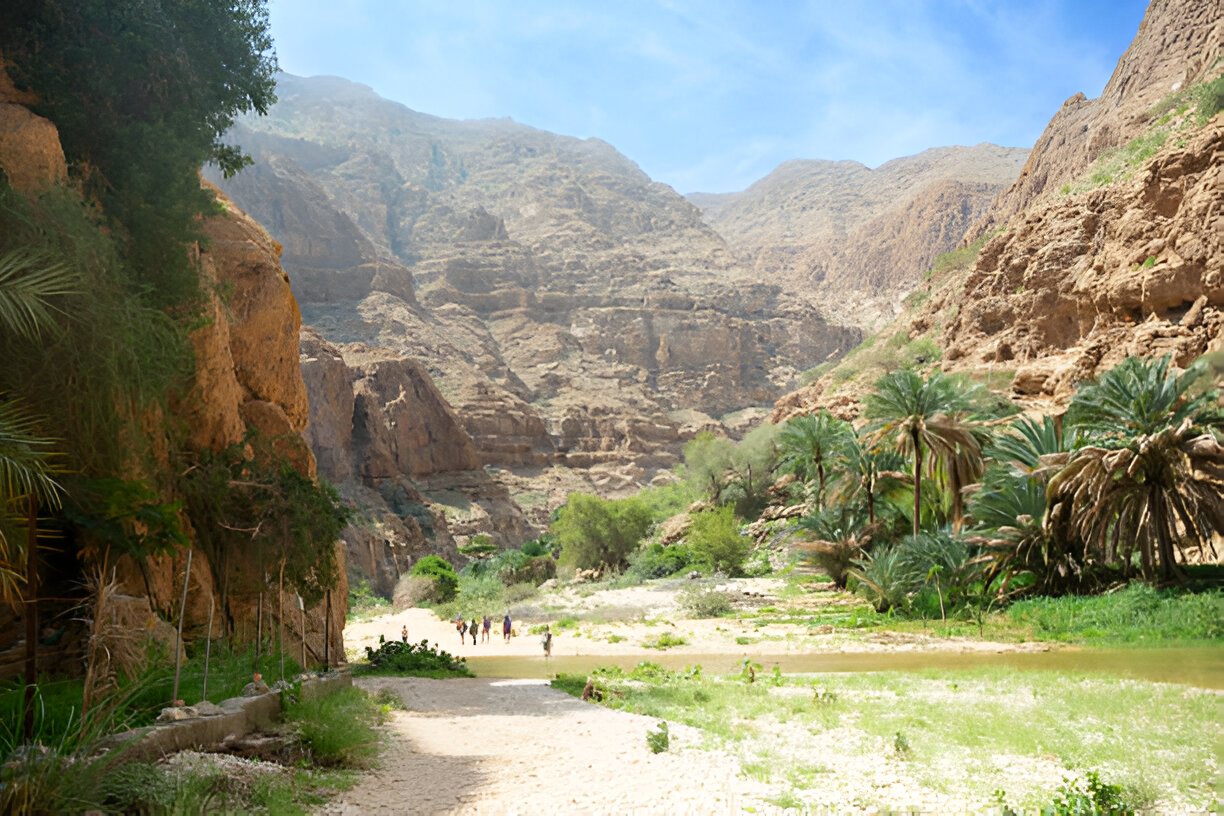

Oman, a country rich in history and culture, boasts a profound maritime heritage that is deeply intertwined with its identity. The art of dhow building and the tradition of sailing have been passed down through generations, shaping the lives of the Omani people and playing a significant role in the nation’s history. This blog will explore the maritime heritage of Oman, focusing on the craftsmanship of dhow building, the significance of Omani dhow sailing, and the cultural and economic impact these traditions have had on the country.
Oman’s strategic location at the crossroads of the Arabian Peninsula, the Indian Ocean, and the Persian Gulf has made it a pivotal player in maritime trade for centuries. The Omani people have long been seafarers, with their ships navigating vast oceans to establish trade routes that connected the East and the West. This Oman maritime history has not only been a means of livelihood but also a source of national pride and identity.
The ancient port of Sohar, often linked to the legendary sailor Sinbad, was a key trading hub. Omani sailors travelled as far as East Africa, India, China, and Southeast Asia, bringing back valuable goods. These historical trade routes established Oman as a powerful maritime nation and contributed to its regional wealth and influence.
Dhow building is a centuries-old craft that has been preserved and perfected by Omani artisans. Dhows, traditional wooden sailing vessels known for their distinctive triangular sails, have been an integral part of Oman’s maritime heritage. The construction of these vessels requires a high level of skill, precision, and an intimate understanding of the materials and techniques involved.
The construction of a dhow begins with the careful selection of wood. Traditionally, teak wood, known for its durability and water resistance, was imported from India and used in dhow construction techniques. More recently, other types of wood, such as mahogany and cedar, have also been used.
The process of dhow building is labour-intensive and can take several months to complete. The hull is constructed using a method known as ‘sewing,’ where planks are stitched together with coconut fibre ropes. This unique technique allows the dhow to remain flexible and resilient, able to withstand rough seas.
After the hull is built, the interior framework, masts, and sails are added. Traditionally made from cotton or palm fronds, the sails are designed to catch the wind efficiently, allowing the traditional dhows to glide smoothly over the water. Every step of the process reflects the craftsmanship and dedication of Omani artisans, who have honed this skill over generations.
Oman is home to several types of dhows, each designed for different purposes. Some of the most well-known include:
🟥Sambuk: A large dhow used primarily for long-distance trade, known for its pointed bow and stern.
🟥Ghanjah: Another large trading vessel, distinguished by its ornate carvings.
🟥Boum: A smaller dhow, used for both fishing and trading, featuring a rounded stern.
🟥Jalibut: A smaller fishing dhow designed for coastal waters, essential for Oman’s fishing and pearling industries.
Each type of dhow played a vital role in Omani society, serving as a means of transportation, and trade, and a symbol of Oman’s seafaring history.
Sailing is deeply ingrained in Omani culture, reflecting the country’s connection to the sea. For centuries, Omani sailors were revered for their navigational expertise, relying on the stars, wind patterns, and ocean currents to guide them on long voyages. This knowledge of the sea allowed them to establish vital trade routes, which greatly impacted the maritime economy of Oman.
Before modern navigation tools, Omani sailors used the position of the sun and stars to determine their location. The monsoon winds were also crucial, as they dictated the timing of voyages. The astrolabe, an ancient instrument used to measure the altitude of celestial bodies, played a key role in navigation. This expertise was passed down through generations, ensuring the survival and prosperity of Oman’s maritime traditions.

The sea has always been central to daily life in Oman. Fishing was a major occupation, with the waters providing an abundant supply of fish. Pearling was another significant industry, with Omani divers spending months at sea in search of oysters.
The maritime traditions of Oman are also celebrated in festivals, such as the annual ‘Shalil’ festival, which marks the start of the fishing season. These celebrations showcase Oman’s sailing culture and its deep connection to the sea.
Historically, the maritime heritage of Oman has had a profound economic impact. The trade routes established by Omani sailors brought wealth to the region. During Oman’s maritime empire, the country controlled key ports in East Africa, which became centres of commerce.
In recent years, there has been a revival of interest in Oman’s maritime history, with efforts to preserve dhow building and promote cultural tourism. Visitors can experience Oman’s seafaring history by participating in dhow sailing excursions or visiting dhow-building yards. This has created a new economic opportunity through tourism, ensuring that Oman’s rich maritime traditions continue to thrive.
Despite the rich heritage of Omani dhow building, modern challenges threaten the continuation of this ancient craft. As younger generations move toward modern professions, there is a risk of these skills being lost.
Efforts to preserve Oman’s dhow building tradition are underway, with government-supported initiatives and private organizations offering training programs. These programs aim to keep Omani artisanship alive and ensure that the skills of dhow building continue to be passed down.
The health of Oman’s marine environment is critical to sustaining its maritime traditions. Conservation programs and sustainable fishing practices are being implemented to protect the coastal ecosystems that have supported Omani communities for centuries.
Technology is also aiding the preservation of Oman’s maritime heritage by documenting traditional knowledge and making it accessible to a wider audience. Digital platforms, archives, and virtual reality experiences offer innovative ways to explore Oman’s maritime history.
The maritime heritage of Oman, particularly dhow building, has not only shaped the cultural identity of the country but also played a crucial role in its historical and economic development. As modern challenges arise, Oman continues to work towards preserving this invaluable legacy through education, tourism, and sustainable practices. The tradition of dhow building and Omani dhow sailing remains a powerful symbol of Oman’s enduring connection to the sea and its place in the broader context of global maritime history.
Never miss any important news. Subscribe to our newsletter.








Never miss any important news. Subscribe to our newsletter.
Copyright 2024 All About Oman. All rights reserved.